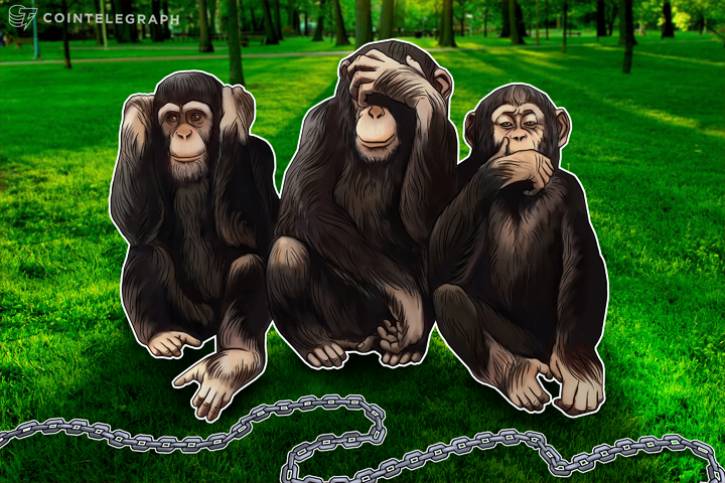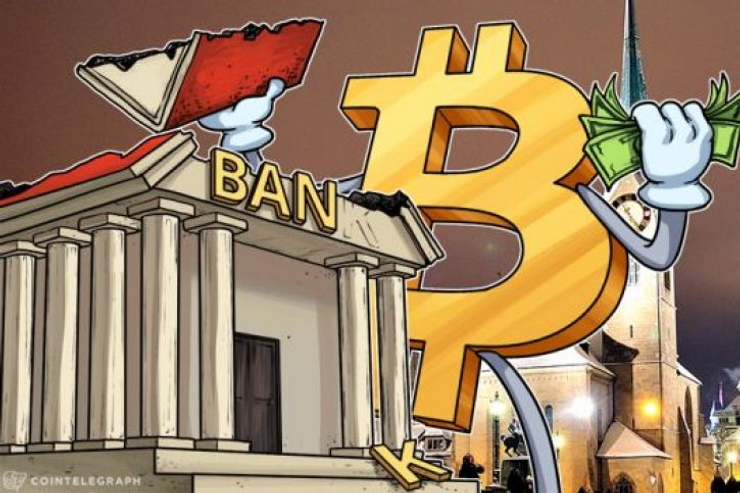Hi, I’m Adil Wali. I became a Microsoft certified professional at age 14 and started my first web development company. That led to a career as a serial entrepreneur, advisor, and startup investor. I got my first “real job” at 33, and I’m now a FinTech executive with a passion for the markets.

So, I have been in social situations with fellow managers and have brought up the topic of group development and the model of ‘storming, norming, and performing,’ and no one knew what I was talking about. So I figure it’s a fun topic to blog about.
ModCloth has been growing our San Francisco presence very rapidly. When I first got here in March, it was just me. Literally. Today, about 3 months later, we now have more than 20 people in the office! Something that has fascinated me since we started adding new members to the team was the dynamics of the group, and how they changed as more people were added to the team.
Sometime in business school, I learned about Bruce Tuckman’s stages of group development: Forming, Storming, Norming, and Performing. Other than sounding cool and rhyming, I wondered if these stages actually had any meaning in real life. (I wondered this about a lot of the stuff I learned at business school.)
But now that I have had the opportunity to grow a team faster than I ever had in the past, I am starting to get what Tuckman was talking about. While I am not an organizational behavior expert, I do feel like I have seen some of the characteristics of these stages during our growth here in San Francisco.
1. Forming: The first stage of team building.
In this stage, Tuckman describes members of the team as being on their best behavior. People are trying to be accepted by the team and get to know other folks at the same time. There is a general sense of avoidance of conflict for this reason. People work mostly independently because they don’t know other people well yet. Because people are avoiding conflict and working independently, not much gets done during this phase, according to Tuckman.
I definitely feel like I have seen some characteristics of our early team that resemble this behavior. Early on, people didn’t know what to expect from one another, so they focused mostly on their ‘own deliverables.’ They didn’t quite collaborate on anything, and they were still getting to know eachother.
2. Storming: Competing ideas rise to the surface.
In this second phase, the team starts to put out competing ideas for consideration. This is not only for the tasks/initiatives at hand, but its also for agreeing on the leadership and decision-making model the team will use. This is the phase that people who dislike conflict will be the most uncomfortable with. According to Tuckman, some teams will never actually leave this phase, depending on the maturity of the team and the willingness of members to give up their original ideas.
This is a facinating phase description to me, becuase I feel like I totally get it. This resembles the stage that we were most recently (and may still be) in. We have people from excellent backgrounds at exciting companies who have just joined the ranks and have a lot of ideas about how we should do things here. Similarly, we have some people who have years of experience in this organization who have opinions about what works and what doesn’t. It takes a lot of time for these ideas to come out and for the team to take the best from each.
For me as a leader, knowing that this stage exists in the first place is hugely developmental. For someone like me, who is hugely impatient and is focused on results, this stage can be a little bit frustrating and disorienting. Part of me just wants to get stuff done. When people are thinking and talking about ‘how we are going to get stuff done,’ it was a little bit frustrating at first. But I realize now that it’s a critical step in the teams growth and it’s going to enable us to reach a cruising altitude pretty soon. In the end, we’re going to be better for it.
3. Norming: The competing goals merge into one.
This is the stage that Tuckman talks the least about. I think he calls this out as its own stage because teams will not always get here. If people are actually willing to put the goals of the team above their own, then they will work to put together a plan that everyone is reasonably comfortable with.
4. Performing: Only the best get here.
At this stage, the team is now effectively interdependant. Team members are able to get work done without inappropriate amouts of conflict. People have a sense of when they should work collaboratively and when they should work independantly. The team will, at this point, be capable of making most (or all) of its decisions without external guidance or supervision.
I am not sure our current team is at this stage yet, but I do think that we are getting close. I feel like I know this stage to exist because I have had the opportunity to see it in other organizations at other times in my career. Being part of a high-performing team like this is fun and really empowers everyone to feel accomplished because the team is getting a lot done.
So, that about covers the model. All in all, I think it’s pretty cool. Just like most organizational behavior stuff, it probably doesn’t fit every team scenario. That said, I have seen parts of this in the teams I have worked with, and it intuitively makes a lot of sense. The most important set of takeaways for me are that different things are needed from leaders at different phases of team development. Also, teams can revert back to different phases as a result of changing circumstances (such as people being added/removed from the team.) Those are definitely things that I am going to keep an eye out for…






